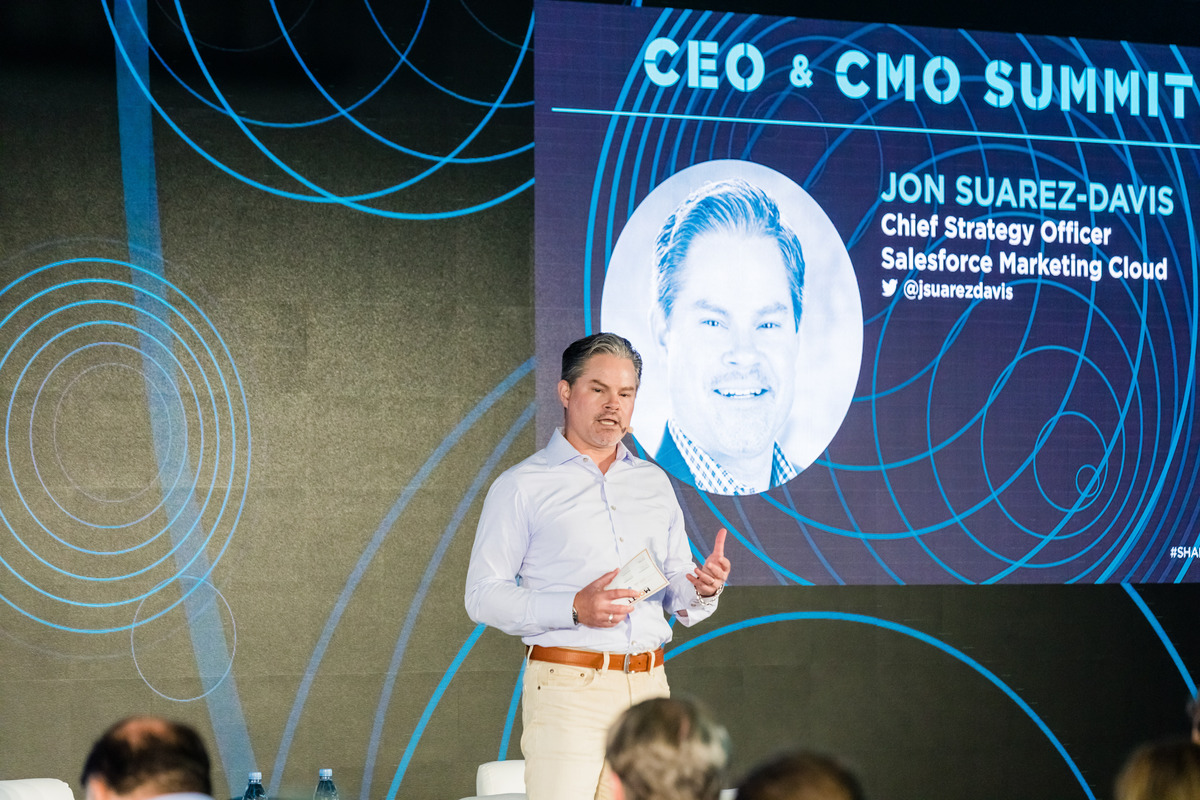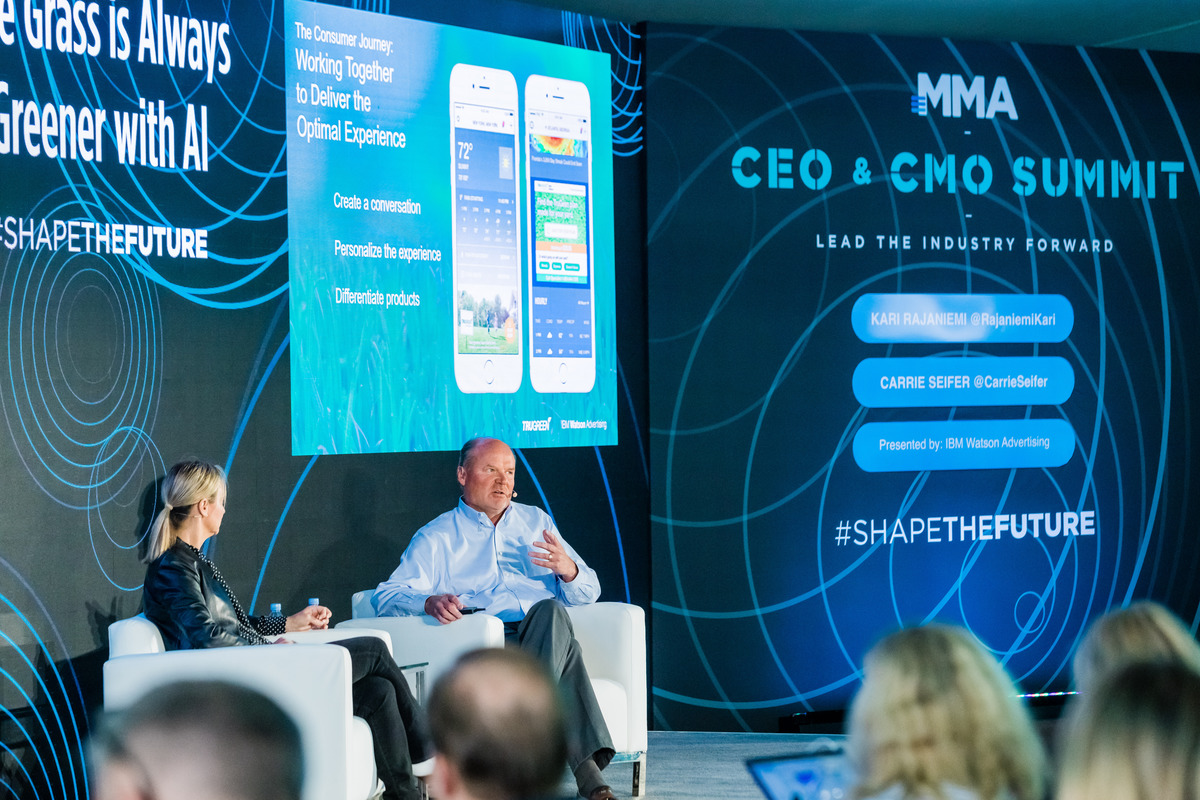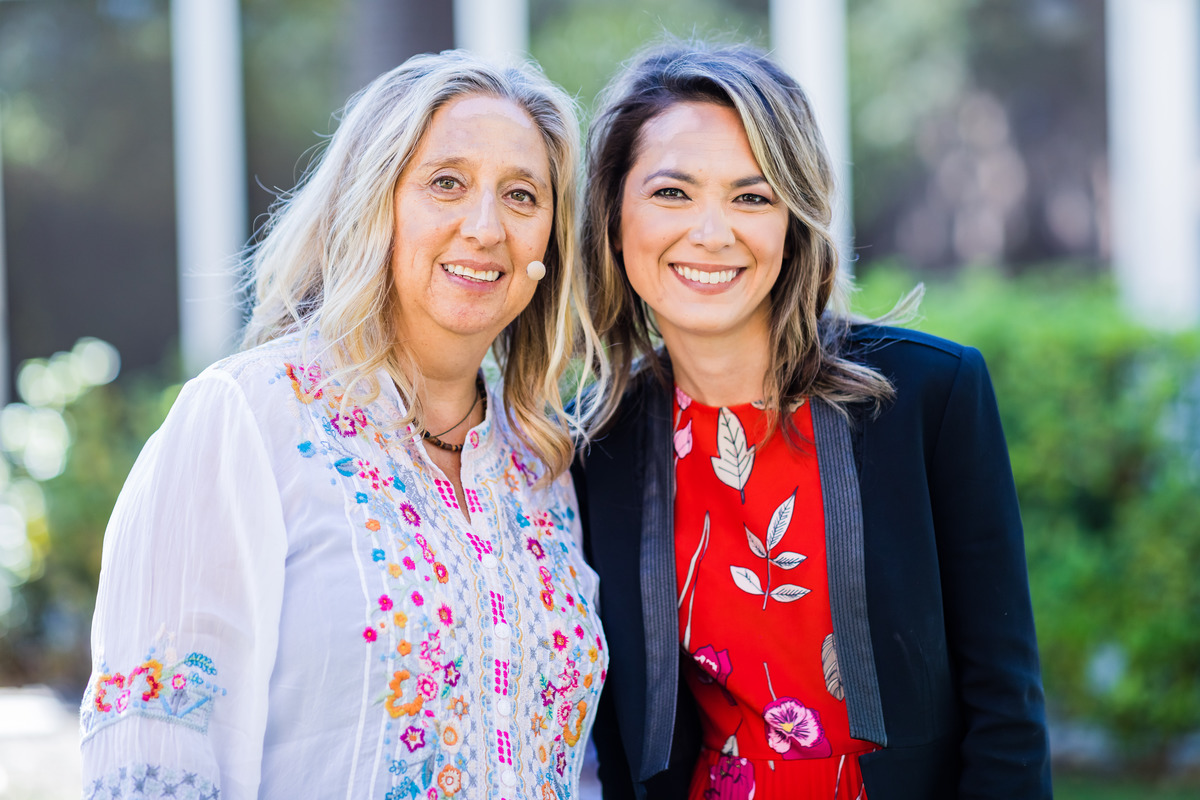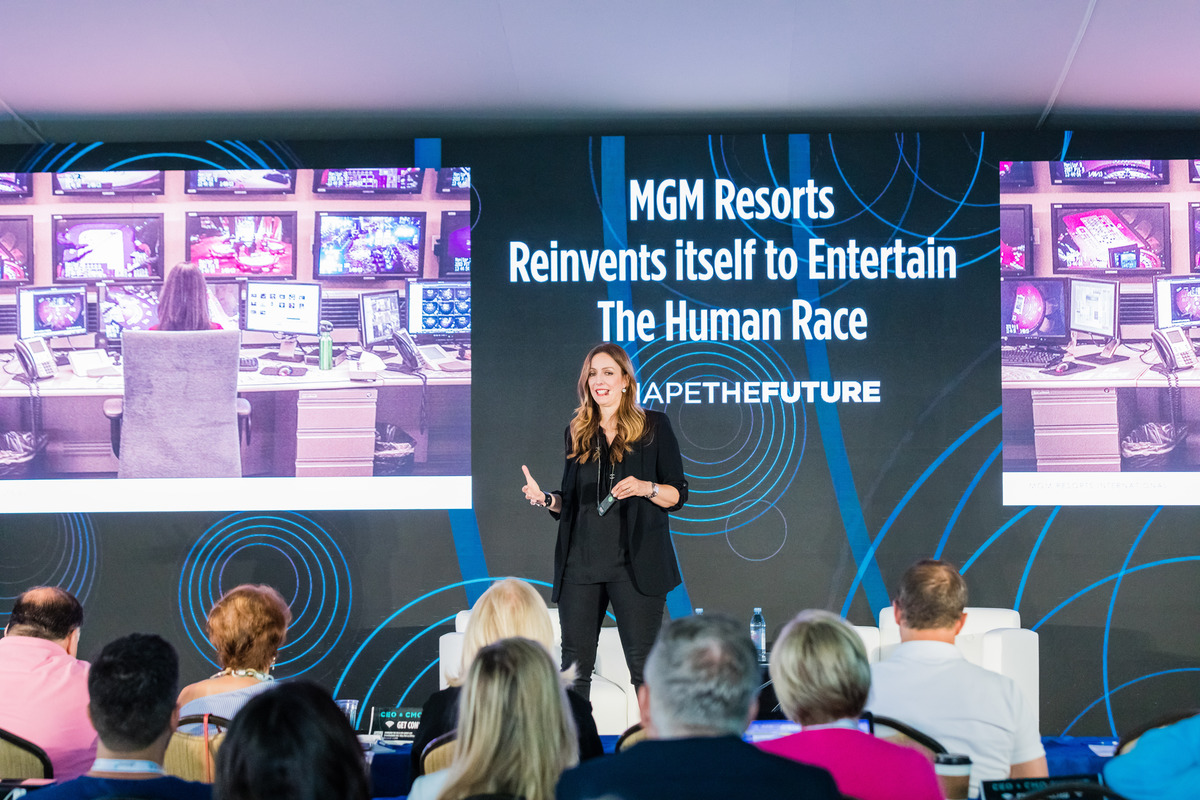The annual MMA CEO & CMO Summit brings together an exclusive group of global thought leaders and this year especially we had the most diverse range of speakers and topics we have ever featured. Many speakers focused on mobile’s foundational role in marketing – and society. As MMA CEO Greg Stuart said in opening the conference: “So much of what the MMA does is now bigger than mobile.”
As always, over two days of presentations, certain trends emerged. We share them below, and encourage you to share them with your teams.
- Trend #1: Marketers need to reach consumers wherever they are, even if it’s through a plastic loyalty card.

Mobile rules, but not always. Even while it’s imperative to keep extending out to new platforms, Carissa Ganelli, Chief Digital Officer of Subway, reminded attendees they need to be where their customers are. “You have to think broader than just mobile,” she said. One reason? Omnichannel customers spend three times more than those who use few channels.
At Subway, this means continuing to honor plastic loyalty cards for customers who prefer it, and also expanding into new channels such as RCS (Rich Communication Services), a rich media version of SMS that offers the functionality of apps. Ganelli noted this new channel was resonating with consumers, registering a conversion rate that is 140 percent than SMS. Next up for Subway? Conversational commerce.
Google Americas President Allan Thygesen offered a different angle on the need to be where customers are, by assisting them whenever and wherever they are in the funnel. “Assistance is the new battleground for growth,” he said. As Google is seeing huge jumps in “right now” searches, he noted a concurrent increase in ways marketers are connecting with customers. One example: Wayfair’s app, which allows a customer to virtually place a piece of furniture in her home to see how it looks. “It’s all about using digital to help people get things done,” he said.
- Trend #2: Artificial intelligence will help companies find patterns in the data.

During his annual talk at the summit, Andreessen Horowitz’s Benedict Evans discussed where machine learning will take us, which is seemingly everywhere: “It will become a part of everything we do,” he said. “It helps us find patterns of data that we could not see before.”
The use cases will vary – from identifying a cat in a picture to figuring out if one car will let another car merge – to unknown unknowns that will reveal themselves over time, Evans emphasized.
That said, there are many real-world uses right now. One example explored at the summit was how IBM’s Watson is being used to fuel insights and engagement for the lawncare brand TruGreen. After an initial learning curve of a few months, Watson is now engaging in in ad-unit conversation with TruGreen customers, customizing answers to consumer queries. "The more personality and localization that you can add to the message, the better," noted Carrie Seifer, Chief Revenue Officer, IBM Watson Content and IoT platform.
- Trend #3: From supply chains to customer interactions, responsibly is on the rise.

Samsung CMO Marc Mathieu made a powerful case for building a healthier bridge between technology and humanity, and showed how his company has acted on it. Its Thrive app helps consumers be more mindful about their tech use – but Mathieu noted marketers need to change too. “We need to start to use technology to sell a little bit less and serve a little bit more,” he said.
The need for responsibility was echoed by Luis di Como, Global Chair of the MMA Board and Senior VP/Global Media at Unilever. During his opening remarks, he discussed the company’s Digital Ecosystem Responsibility Framework which is built around three axes: responsible platforms, responsible content and responsible infrastructure, encompassing issues such as ad fraud, viewability and transparency.
This theme recurred again in a presentation on the promise and challenges of blockchain by Phil Gomes, who leads the Blockchain Center for Excellence at Edelman. “Blockchain isn’t truth in of itself; it’s a shared version of truth,” he said. For marketers, this has implications for the media supply chain, but that’s just the beginning. He predicted: “Social responsibility will be the most powerful use-case for marketers.”
- Trend #4: To know your brand, know your culture – and vice versa.

Perhaps the predominant insight at the summit was about the importance of weaving brand and culture together, internally first, and then externally. "Today, brand and culture are intertwined. Brand reflects culture, and culture reflects brand,” said Dara Treseder, CMO of GE Ventures during her presentation on the imperative to innovate.
“You have to understand and appreciate your brand’s heritage and DNA,” added Lili Tomovich, Chief Experience and Marketing Officer of MGM Resorts International. After an 18-month journey to rebuild its brand from the inside out, the company realized, “We are not in the hotel business. We are in the Holy Sh*t business.”
To make the customer experience at its many entertainment venues and restaurants special, MGM took steps such as empowering every employee to be able to solve problems for customers on the fly. Prospective employees are immersed in the culture right away – receiving their job offers in a golden lamé package. “We had to align the culture with the brand,” Tomovich explained.
Patty McCord, former Chief Talent Officer of Netflix, educated the audience on the radical notion that having a strong corporate culture does not mean that employees are family. Author of “Powerful: Building a Culture of Freedom and Responsibility”, McCord noted that when Netflix laid off a third of its staff when it was pivoting to a new strategy, the remaining employees were reminded: "We’re not a family. We are a company that is truly here to exist for our customers.”
Being there for customers, in whatever fashion it takes – that’s the big takeaway from the 2018 MMA CEO & CMO Summit.
If you’d like to see presentations from this year's summit, click here, and for the full schedule of MMA events, check out this link.























































































